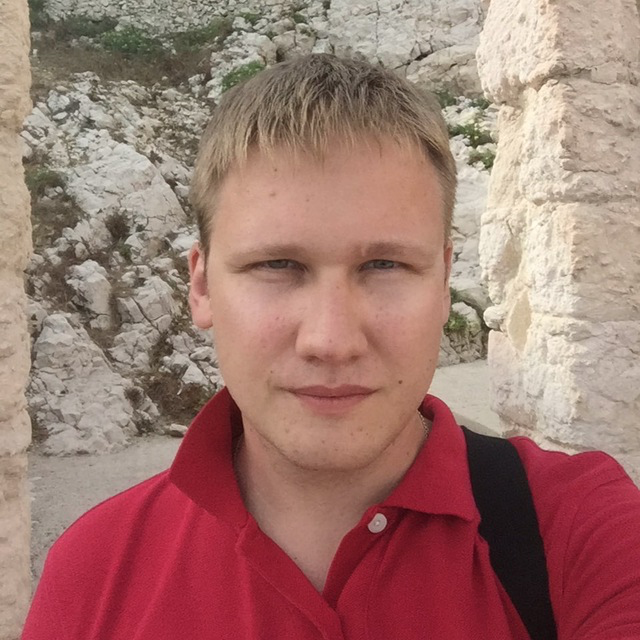Development of an information system for medical simulators
Customer
Manufacturer of medical simulators "Eidos-Medicine".
Task
Development of a remote control system and distance learning in simulation centers.
Result
We have created a unified system that combines simulators into a network.
In 2015, Eidos Medicine provided the Crimean Federal University with simulators and endosurgery simulators for a new educational medical center. Customer simulators help surgeons to train skills and confirm qualifications.
However, before the operation itself on the simulator, the doctor must complete a distance course, familiarize himself with theoretical and methodological materials.
Networking simulators
The customer planned to combine the simulators into a network and create an information system with the help of which the doctor could go to the site, sign up for training, pay for it and complete theoretical courses. The system itself wouldcollect statistics, reduce reports and transfer data from the surgeons account to the simulators - if the doctor successfully passes the theory, he will get access to work on the corresponding simulator.
However, Eidos did not have its own full-fledged team to implement such a system and synchronize simulators. Hightech was involved as a third-party development team.
We looked at several companies, but Hightech gave us time and cost to develop. We met the budget and received the finished product at the agreed time.
Adel ValeevProduct Manager «Eidos-Medicine»Hightech created an information system in 3.5 months. In order to be on time, the parties abandoned complex front-end solutions.
There were no analogs of such a system in Russia, so initially in the technical specifications there were minimal and superficial requirements that later became more complicated and changed. In this case, Hightech and Eidos agreed on a budget reserve of 10%. However, it was not necessary to use it - the customer’s money was saved.
What was done
Database synchronization
One of the most difficult technically challenging tasks that Hightech performed was the development of a manual Multi-master replicator that synchronized three databases.
Initially, each simulator had its own software. Hightech has connected them to the network, and now even without an information system, simulators can exchange data: if the doctor passed the test on the first simulator, the account data will be transferred to the second simulator.
In order to get the account appear on the simulator after a doctor has registered in the system, a separate module was developed. With its help a local database of users on simulators was created and was synchronized with the base of the training system. Eidos can collect general statistics - all data from simulators connected to one network is copied to a central server.
SDK implementation
Eidos Medicine used a self-written system for storing statistics in binary files, which did not take into account new requirements. Hightech moved its databases to PostgreSQL, wrote a software development package on .NET, through which databases could be recorded.
Since the simulator software is written on different technologies — C ++, .NET, Flash — Hightech developers immediately provided for and documented the SDK development options for all platforms. The company helped Eidos internal developers to implement the SDK not only from the information system, but also from the simulators.
Thanks to this solution, when connecting new simulators the customer will not have to rewrite the storage structure.
Interface transition to .NET
In parallel with the creation of the information system, the internal developers of Eidos decided to transfer the application interface to .NET. Hightech helped with this task, as well as with the transition of the 3D-graphics interface written in a weakly integrated programming language.
Interaction
From the side of Hightech, from 3 to 6 people participated, from Eidos - 3 developers and a methodologist responsible for the certification structure and theoretical materials. Every two weeks the customer saw an intermediate result of the project.
We have established normal communication with the internal developers of the customer - initially they did not believe that we could meet the deadlines. But we held several meetings, suggested different working options and removed concerns.
Maxim ArshinovCo-founder of High-Tech Group, CTODifficult issues were discussed weekly at meetings. Of course, there was light ‘roughness’, but the parties could always find a common language and come to a decision. Thanks to this, they not only met the deadlines, but also finished the project earlier.
Andrey PesoshinCo-founder of High-Tech Group, CEOIf initially there was an agreement to simplify the design, then closer to the end of the project, Hightech had time to fulfill additional requests from the customer and introduce new functions.
Result
Hightech implemented the agreed functionality in a short time for a fixed price. The developed system was later supplemented by the internal employees of the customer and was implemented in three simulation centers. In the first year since the launch of the project, about 3,000 people have been trained on simulators.
Without an information system, each simulation center would have to implement its functionality for accounting and distance learning. The foundation laid by Hightech allowed unifying business processes across all centers.






